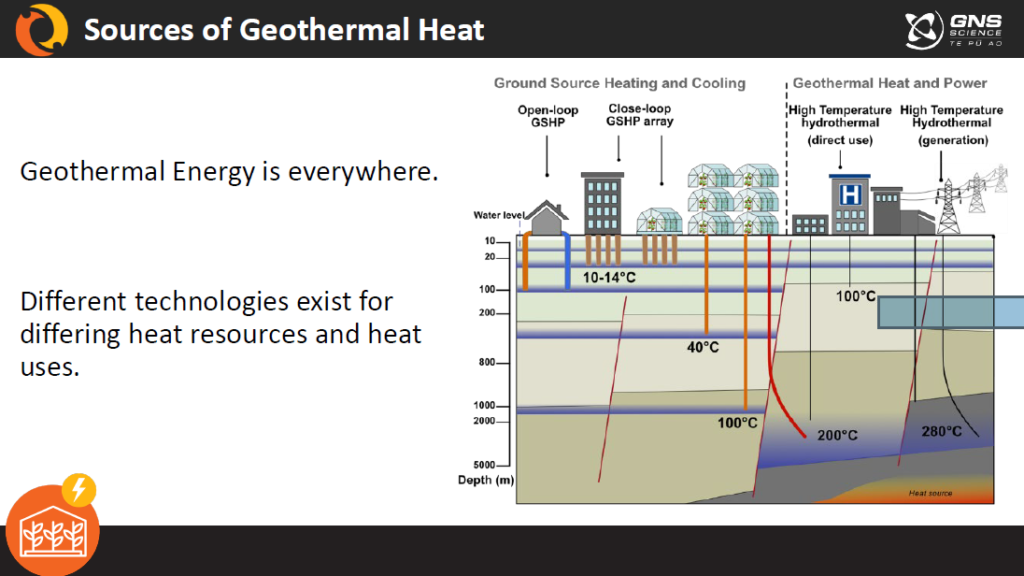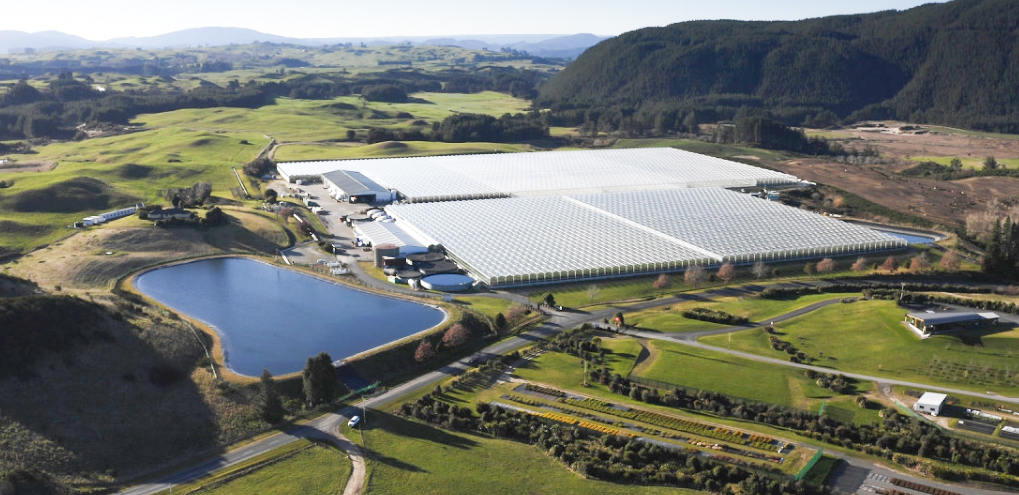Latest News
VegetablesNZ (partnering with the Ministry for Primary Industries, TomatoesNZ, GNS Science and GeoExchange) joined forces with Priority One to host an event to explain its project: Decarbonising Covered Crops with GeoHeat.
The event covered the economic and sustainable benefits of GeoHeat, and sought participation from key stakeholders, such as business, regional councils, mana whenua and community projects. It showcased the project’s potential, and discussed how business and communities can get involved. Case studies show that GeoHeat systems work best with an eco-system model that shares benefits over a wide base of users and demands.

Investment decisions need some fundamentals in play if they expect to get a green light: a decent return on investment, based on stable input costs and environmental certainty. The current energy landscape has none of these. Instead, it has out of control cost increases (40-200%) and an operating landscape where energy supply contracts are measured in months, not years.
This is the context facing covered-crop growers, as they need to decide to transition to renewable energy solutions. This group has put a peg in the sand on geothermal energy. With the skills of GNS, it is developing a tool to unlock geothermal energy in New Zealand. The Decarbonising Covered Crops with GeoHeat project will assist businesses in making feasible decisions on where to access geothermal energy.
The Bay of Plenty has abundant geothermal energy potential. There are a number of businesses that have tapped into this resource and are optimising the economic potential of low-cost heat at temperatures of under 150°C. Covered-crop growers are seeking low-temperature geothermal energy for their operations so they can heat glasshouses at temperatures under 100°C.

Key messages
- Energy costs currently account for 30-40% of a grower’s overhead, with gas heating being a major component of these rising costs.
- By converting fossil fuel-dependent heat systems to renewable geothermal heating, growers can lower operational costs, reduce emissions, and enhance food and energy resilience.
- This project aims to unlock low-temperature geothermal heat resources to control the indoor temperature of covered crops.
- This project is supported by the Sustainable Food and Fibre Futures fund through the Ministry for Primary Industries.
- The project is a collaboration between GNS Science GeoExchangeNZ, VegetablesNZ and TomatoesNZ.
- This project aims to create a prototype for an online mapping and information tool. This will draw together existing data and knowledge about low-temperature geothermal resource availability in the greater Auckland, Northern Waikato, and Bay of Plenty regions, and look at how to use it for temperature control of covered-crop operations.
- This will provide growers with accessible information on geothermal potential when considering heat energy decarbonisation options for their operations.
- GeoHeat is constant and reliable source of heating – available 24/7 and across all of New Zealand, not just the Taupō Volcanic Zone.
- Despite be widely available and reliable, GeoHeat is under-utilised in New Zealand – many other countries have established uses of geothermal heating in industries (and not just the “active volcanic” countries either!).
The Decarbonising Covered Crops with GeoHeat project team will also be presenting in Waikato and Auckland to bring more growers, businesses, regional councils, mana whenua and communities on the journey to optimise the abundant energy of GeoHeat.
Auckland event: Go Media Stadium, Penrose, 16 April, 4 to 6pm.
Waikato event: TBC venue, 15 May, 4 to 6pm.
